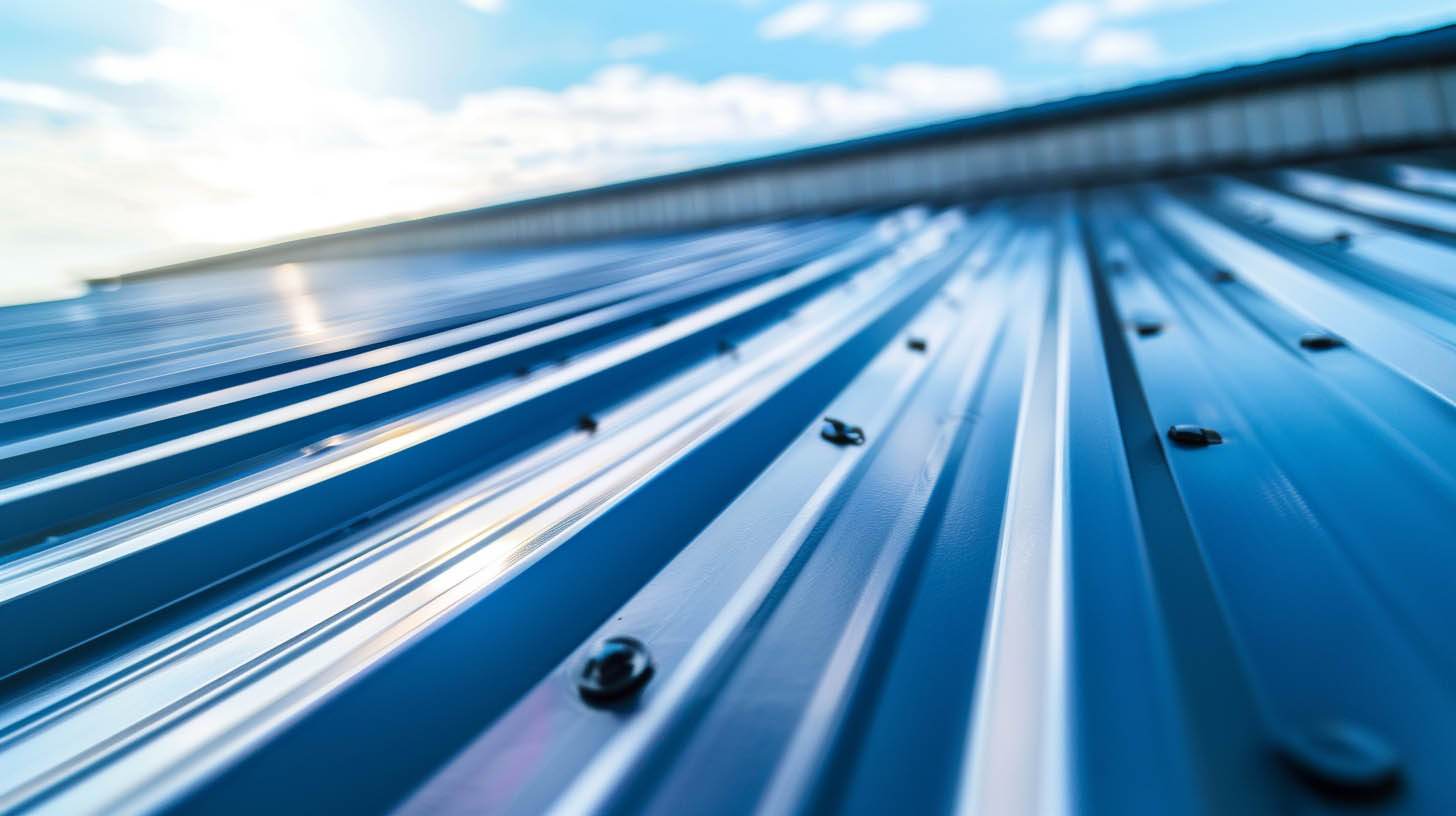At Trojan Roofing, we recognize the challenges posed by thermal shock on metal roofing systems, particularly in climates like Indianapolis where temperature fluctuations can be extreme. Understanding thermal shock and its effects can help you better maintain and protect your metal roof.
What is Thermal Shock?
Thermal shock occurs when the temperature of a roofing material changes abruptly, causing rapid expansion and contraction. This phenomenon is particularly pronounced in metal roofs due to their high thermal conductivity and expansive surface areas.
How Thermal Shock Affects Metal Roofing
Metal roofs, while durable and long-lasting, are not immune to the stresses caused by thermal shock. Here’s how this phenomenon can impact them:
- Expansion and Contraction: Metal roofs expand in heat and contract in cold. Extreme temperature fluctuations can cause significant movement at fasteners and seams, leading to potential leaks or structural weaknesses.
- Stress at Joints and Fasteners: Continuous expansion and contraction can strain the joints and fasteners of a metal roof. Over time, this may lead to loosening of fasteners, which can compromise the roof’s integrity and watertightness.
- Potential for Deformation: In severe cases, the stress from thermal expansion and contraction can lead to permanent deformation of roofing panels. This not only affects the roof’s aesthetic appearance but also its ability to shed water effectively.
Mitigating Thermal Shock Damage
To reduce the impact of thermal shock on metal roofing, consider the following strategies:
- Proper Installation: Ensure that your metal roof is installed with appropriate techniques that allow for thermal movement. This includes using clips that let the metal panels expand and contract smoothly.
- Regular Inspections: Conduct regular inspections to check for signs of stress such as loose fasteners or buckled panels. Early detection can prevent minor issues from becoming major problems.
- Choose Appropriate Materials: Opt for metal roofing materials designed to withstand thermal shock. Materials with higher thermal resistance or reflective coatings can mitigate the effects of rapid temperature changes.
- Maintenance: Keep the roof clean and free of debris to ensure even temperature distribution and prevent localized hot or cold spots that can exacerbate thermal shock effects.
Conclusion
While metal roofs are an excellent choice for durability and longevity, they require careful consideration and maintenance to manage the effects of thermal shock. By understanding these challenges and implementing preventive measures, you can ensure that your metal roof remains in top condition for years to come.
For further information on the environmental impact of asphalt shingles and considerations for sustainable roofing choices, click here.

